Using Natural Patterns in Landscape Designs
Natural patterns make a great starting point for landscape designs. Here’s why.
It’s easy to think that plants appear in nature randomly. But the opposite is true. There are lots of reasons why plants often grow in patterns.
There’s something pleasing about how nature arranges itself. I suspect these patterns speak to something deep inside us. That’s why I pay close attention to nature’s design and use them in my own landscape designs.
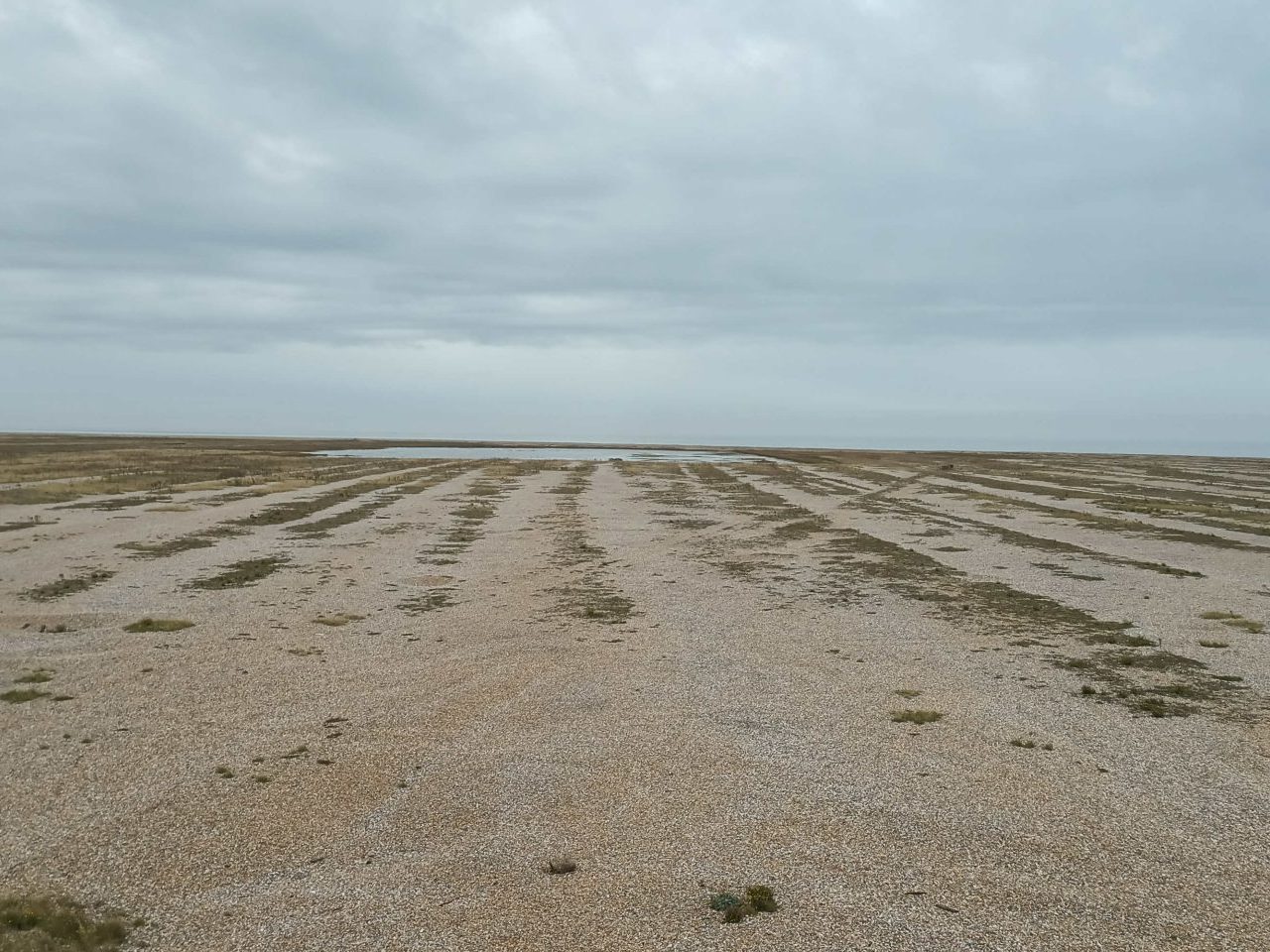
Those lines in the gravel aren’t human-made. The berms and the swales are the natural result of the action of the wind on the stones, and vegetation has grown where it can. They have the effect of drawing our eyes towards the horizon.
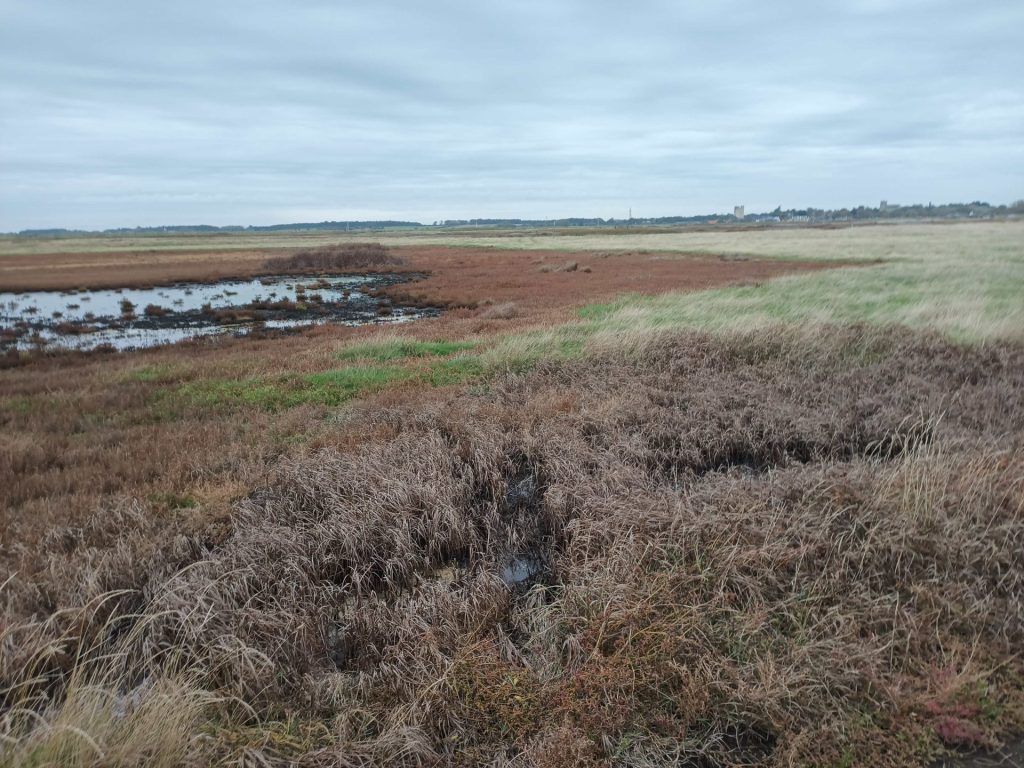
Different levels of moisture can affect the type of plants grow there. In stressful environments like this, only stress-tolerating plants can survive so we get monocultures of plants that are just perfect for that particular environment. You can read the topography and hydrology of the site visually, which makes the landscape more legible and therefore more pleasing.
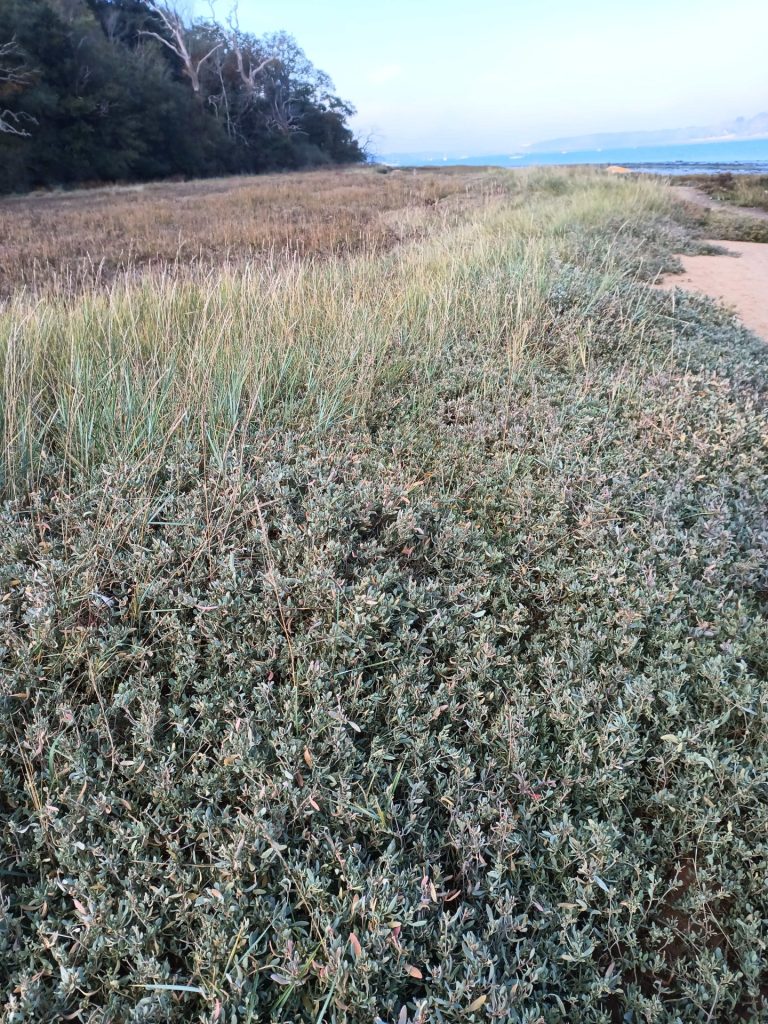
Here’s an example of a landscape near a tidal river. The plants in the foreground need to be salt-tolerant to survive. Imagine how this type of design could be replicated in your own landscape, perhaps by following the contours of the site?
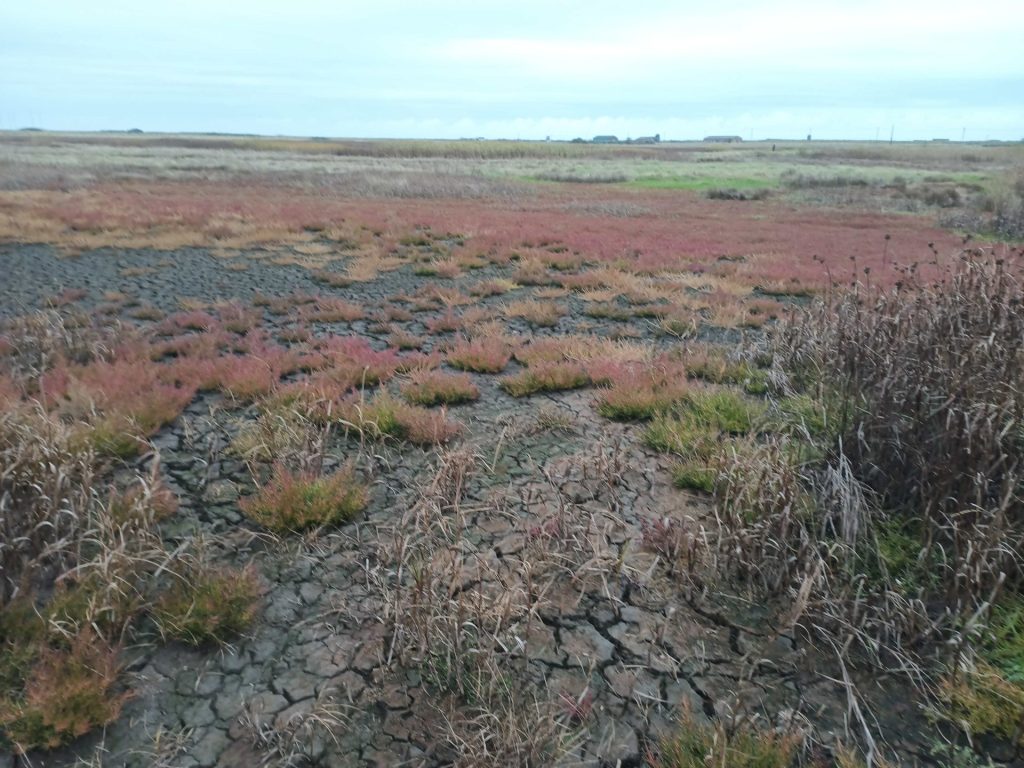
Sometimes environments are too hostile for any plants. Only this one plant can survive here, and even it is having trouble colonizing the often flooded land. There’s something attractive about the sparse vegetation in the foreground leading the eye to the more dense vegetation further away.
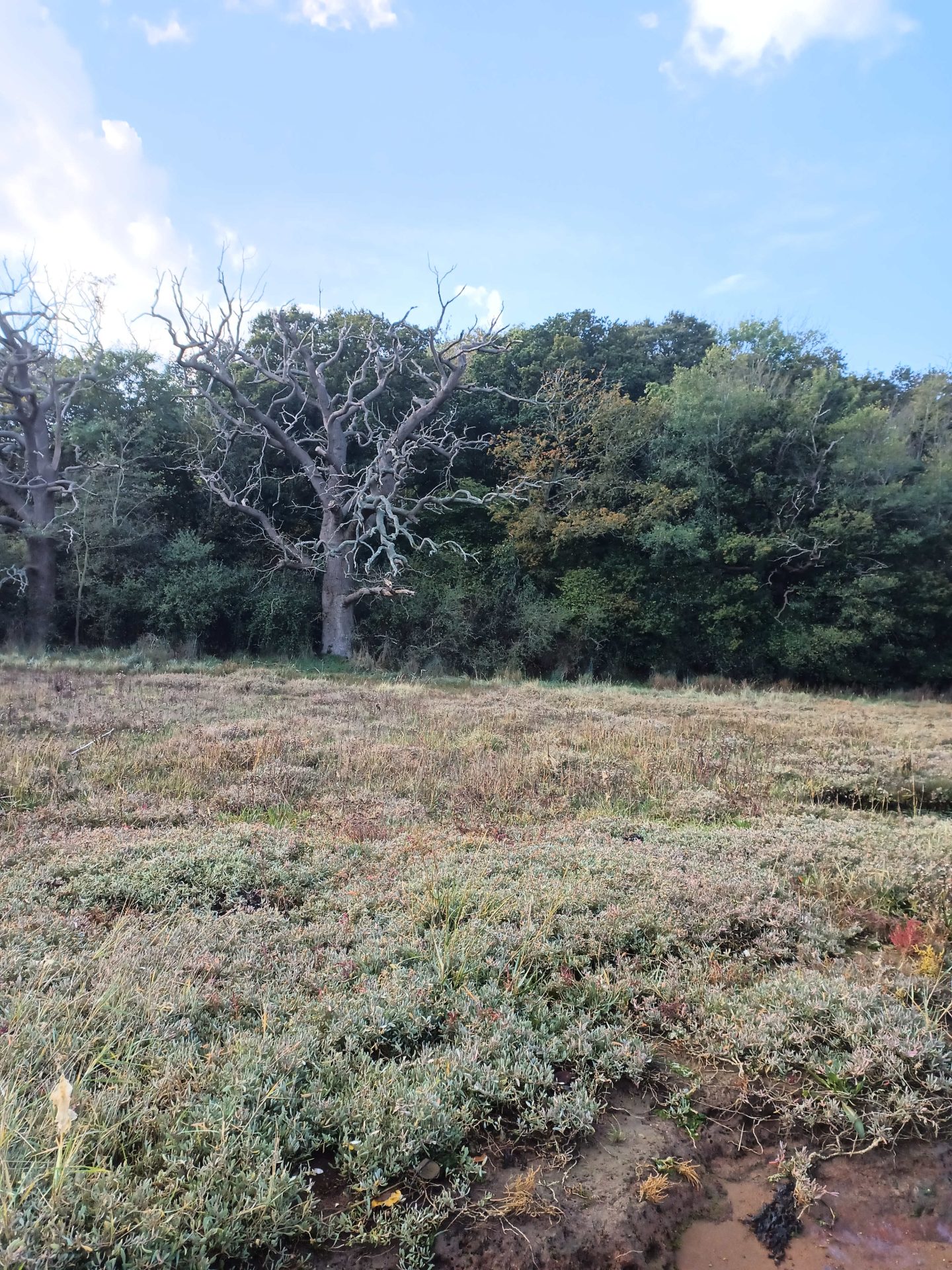
The varying conditions have created a complex pattern of vegetation here. (I also love the dead tree – if I had one standing in a landscape I was designing, I would want to keep it.)
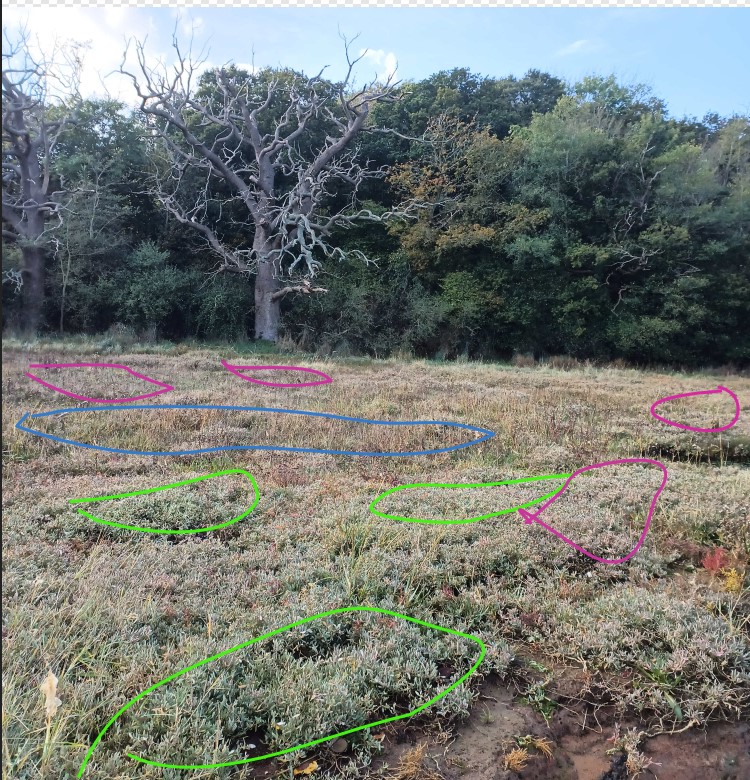
Sometimes the patterns aren’t as visible, but they’re still there.
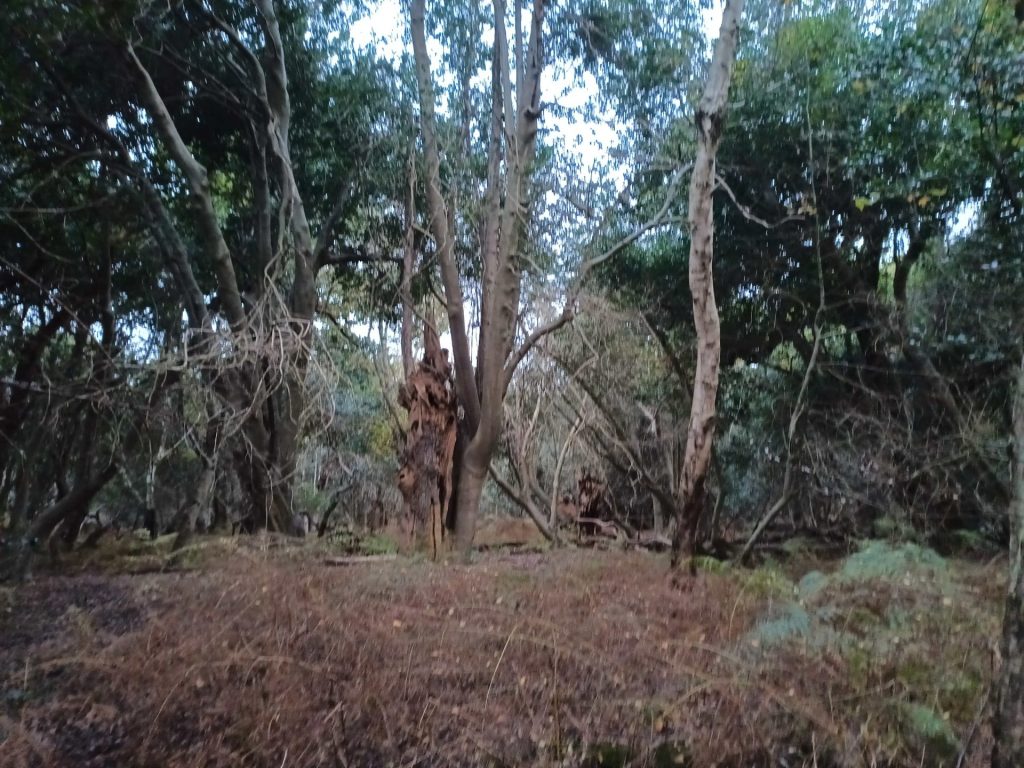
Here’s the pattern in a woodland. The tall verticals of the trees offset the large, flat area of dormant ferns in the foreground. What stories does this landscape tell? Perhaps the area at the front was cleared at some point. Perhaps there was a fire.
